
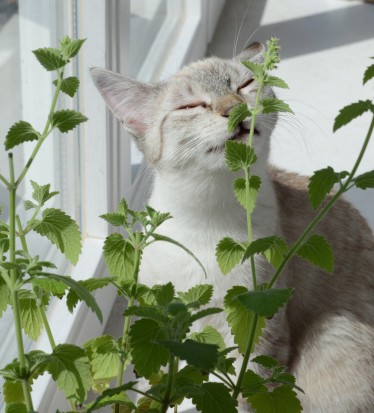
Information concerning which plants are toxic to cats is abundant, and there are many excellent resources online where one can seek advice as to what plants are best avoided in a cat owner’s home and garden. One such example is our “Cats and Poisonous Plants” Article.
What is less prevalent is information that offers guidance as to what plants are cat-friendly. Cat nip is very well-known, but there are other plants that you may not be aware of that are safe and appealing to our feline friends. These include lemon grass, cat thyme and valerian. Some grass species may also be suitable, but take care to select a type which is juicy, soft and pliable and thus less likely to get stuck between the soft and hard palate (which is a hazard of eating tough or sticky grass).
Cat nip is also known as cat mint or catswort. There are about 250 different species in the genus Nepete. Some of these species contain a substance called nepetalactone, which binds to the feline olfactory receptors. This typically results in a state of temporary euphoria. The species most commonly grown for cats is called Nepeta cataria, and this is a short-lived herbaceous perennial which grows to approximately 50-100cm.
Cat nip is hardy like most mints, and it can tolerate a variety of different growing conditions. It likes full sun / partial shade. If it is planted somewhere too shady it may grow leggy. It is susceptible to mildew, so ideal conditions are well drained and airy. Again, like most mints, it’s prolific. Unless you want it to take over your garden it’s best grown in containers. Your cat will probably enjoy lying on any broken stems and leaves, so pots need to be heavy. Other neighbourhood cats may well come and visit too, and if you want to keep your cat nip plants pretty, grow them in hanging baskets and trim off leaves for your cat as and when needed.
Catnip can be grown from seed or from divisions of existing plants. The seeds are slow to germinate. They can be planted indoors in the early spring, and once the risk of heavy frost has passed, seedlings can then be transplanted outdoors. and should be started up to 10 weeks prior to the frost-free date. Existing outdoor cat nip plants from previous years often emerge before the last frost and will usually survive. Mature plants can be divided and transplants can be planted outside from spring to early autumn. If your cat nip flowers, you will probably won’t need to grow more as it does have a tendency to sprout up wherever it fancies. Cat nip can be dried and stored for the winter months.
Butterflies and bees love cat nip too, so an ideal place to plant it is near to a vegetable patch where you want to encourage pollinating insects. Cat nip is a natural mosquito repellent so overall it’s a versatile and useful plant!
Not all cats are attracted to cat nip, so lemon grass is another plant you may like to consider for the feline friendly garden. Lemon grass oil can have toxic effects, but the plants themselves are safe and can be grown indoors or out. The aroma of lemon grass has a similar effect on cats as cat nip.
Lemon grass is a tropical plant and enjoys the sunshine. In the UK it is best to grow it in pots so that it can be transferred indoors during the winter months. Plants can be grown from fresh lemon grass stalks allowed to root or from seedlings which can be purchased from some garden centres.
As with cat nip, pots need to be heavy and sturdy.
Cat thyme is not actually type of thyme at all; although it looks similar. It is closely related to germander, and unlike thyme which has a delicate aroma, it has a musty smell.
This perennial herb is a native of Spain and the Western Mediterranean, but will grow happily outdoors in the UK in summer. It likes sunshine and well-drained soil, and it is best grown in pots, baskets or other containers that can be moved to a garage, outbuilding or warmer location during the winter as it is not known to survive hard frosts well.
Cat thyme usually grows up to about 60cm tall, although in warmer climates it can become much larger. It can be hard to find at the average garden or nursery, but seeds can be purchased online and started off indoors or in the greenhouse in spring.
Many cats enjoy the aroma of cat thyme as much as they do cat nip, but cats being cats there will always be a few exceptions! Bees like cat thyme too, so if your cat doesn’t enjoy it, growing it won’t be a total waste of time!
Valerian is an attractive hardy perennial plant. The flowers have a sweet vanilla fragrance, but the aroma that is attractive to cats is the sour odour of a compound called actinidine which is present in the roots and has a similar effect on cats as cat nip. Cats may also like crushed valerian leaves. Roots are best dried outdoors and stored in an airtight container.
Wild valerian likes damp, shady conditions. Garden grown valerian likes shade in the afternoon. It can be sown directly outdoors in a suitable spot in late winter or early spring since it is frost tolerant. The plants can be thinned out when they are about 8cm tall. They like to be kept moist and appreciate a layer of organic mulch.
Valerian is self-seeding and can grow like a weed, so old flowers are best trimmed off.
One caution with valerian is that rats like it too, so it’s best planted away from buildings.
This species is also known as orchard grass, and it’s popular with cats both to nibble and roll on. It’s best grown from seed in a shallow tray on a sunny window sill (or in a warm greenhouse in the summer). When the grass is about 7” tall, it’s ready! Other species of grass can also be suitable for cats, but as mentioned previously, it’s really important not to allow them tough, sticky leaves which can cause a blockage or get trapped between the soft and hard palate. Indoor cats will really appreciate cat grass.
 My Dog Is Passing Blood, Should I Be Worried?
My Dog Is Passing Blood, Should I Be Worried?
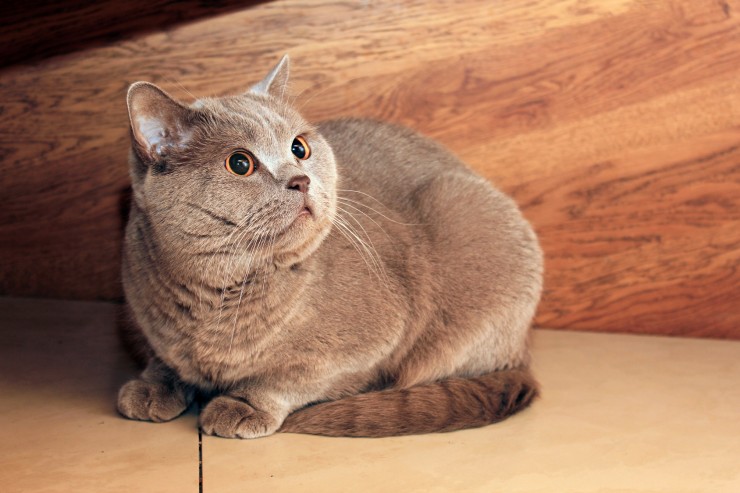 Why Is My Cat’s Coat Changing Colour?
Why Is My Cat’s Coat Changing Colour?
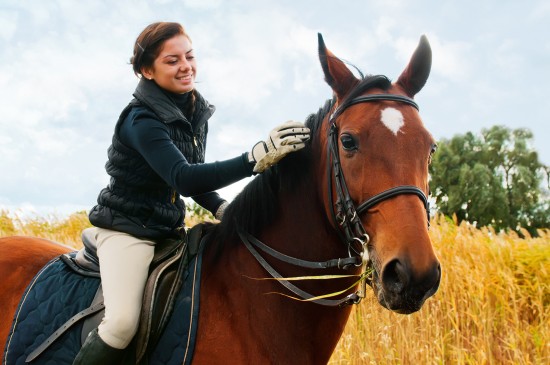 British Horse Society Riding Instructor Grades Explained
British Horse Society Riding Instructor Grades Explained
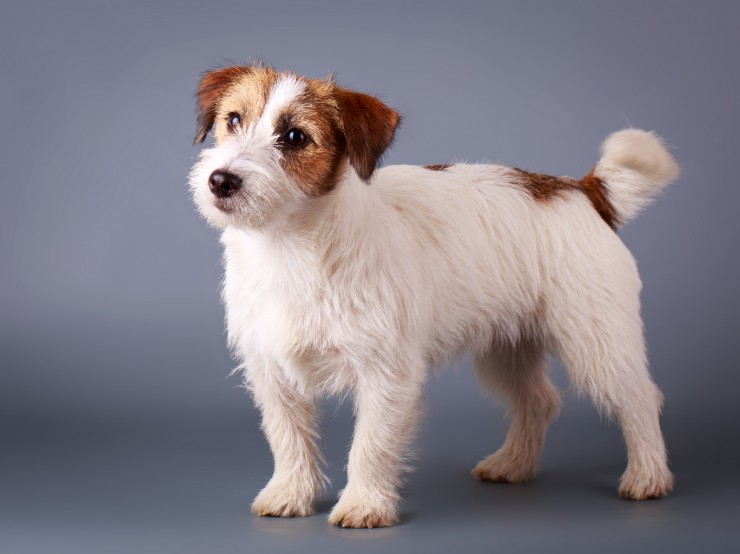 Five Universal Personality Traits Of The Jack Russell Terrier
Five Universal Personality Traits Of The Jack Russell Terrier
 Some Tips To Make Your New Dog’s First Month With Your Easier
Some Tips To Make Your New Dog’s First Month With Your Easier
 Hereditary Health And Genetic Diversity Within The Chihuahua Dog Breed
Hereditary Health And Genetic Diversity Within The Chihuahua Dog Breed
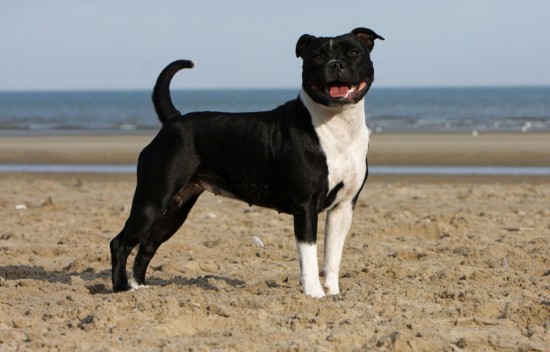 Why Are Dog Rehoming Centres Full Of Staffordshire Bull Terriers?
Why Are Dog Rehom
Why Are Dog Rehoming Centres Full Of Staffordshire Bull Terriers?
Why Are Dog Rehom
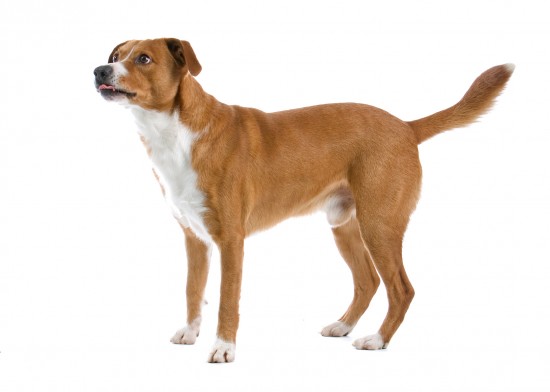 Austrian Pinscher Dogs - Interesting Facts About The Breed
Austrian Pinscher
Austrian Pinscher Dogs - Interesting Facts About The Breed
Austrian Pinscher
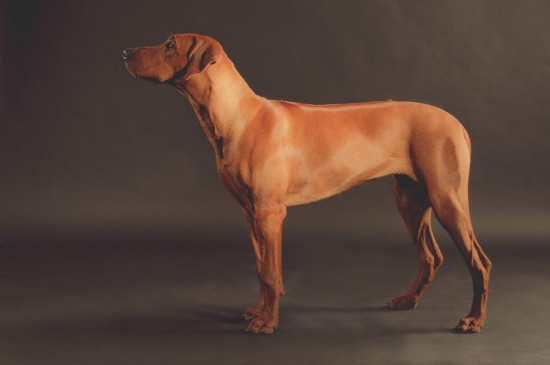 Dogs Body Condition Scoring Explained
Dogs Body Conditi
Dogs Body Condition Scoring Explained
Dogs Body Conditi
 Otitis Externa In Dogs
Otitis Externa In
Otitis Externa In Dogs
Otitis Externa In
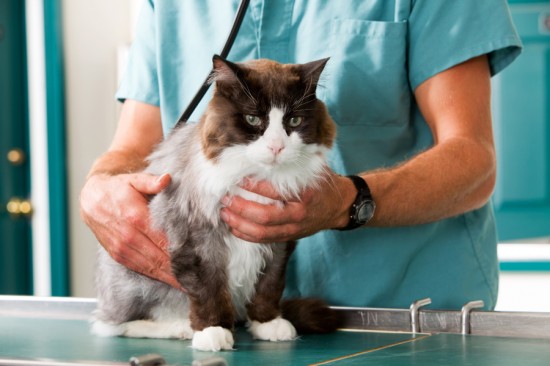 Getting The Most Out Of Your Vet Visits
Getting The Most
Getting The Most Out Of Your Vet Visits
Getting The Most
Copyright © 2005-2016 Pet Information All Rights Reserved
Contact us: www162date@outlook.com